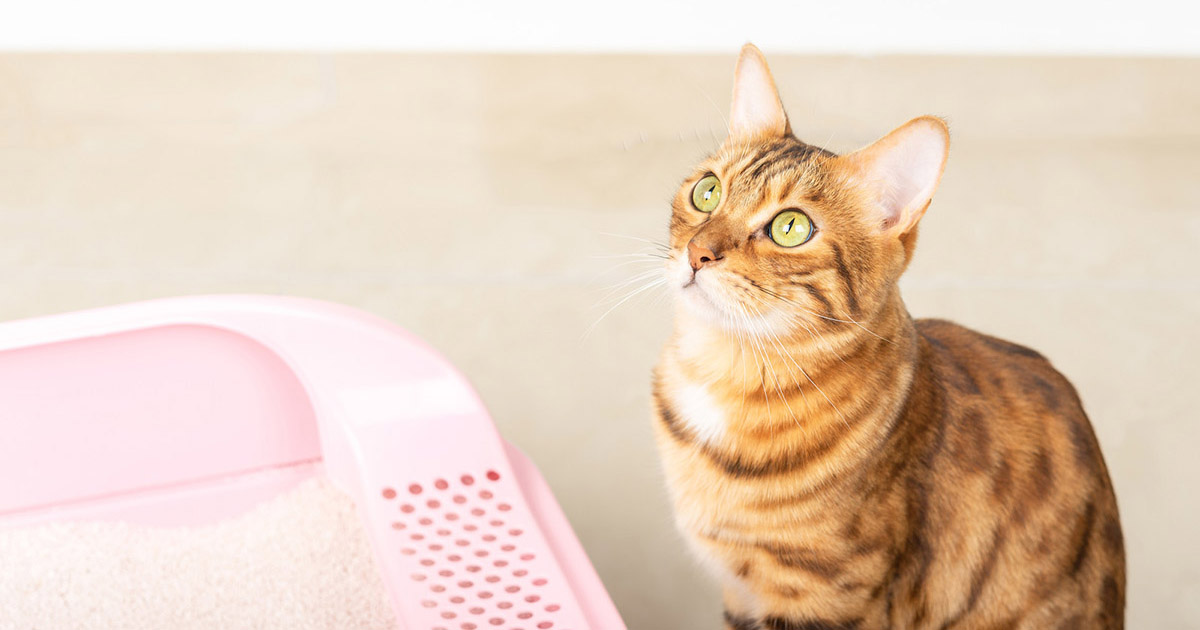Reasons You Should Avoid Flush Cat Poop Down Your Toilet - Crucial Facts
Reasons You Should Avoid Flush Cat Poop Down Your Toilet - Crucial Facts
Blog Article
This article which follows pertaining to Can You Flush Cat Poop Down The Toilet? is extremely fascinating. Don't bypass it.

Intro
As pet cat proprietors, it's important to be mindful of exactly how we throw away our feline pals' waste. While it might appear practical to flush cat poop down the commode, this practice can have destructive consequences for both the environment and human health and wellness.
Alternatives to Flushing
Luckily, there are much safer and much more responsible ways to deal with pet cat poop. Take into consideration the complying with alternatives:
1. Scoop and Dispose in Trash
One of the most typical method of getting rid of cat poop is to scoop it right into a biodegradable bag and toss it in the trash. Make certain to utilize a dedicated trash inside story and throw away the waste promptly.
2. Usage Biodegradable Litter
Opt for naturally degradable pet cat litter made from materials such as corn or wheat. These clutters are environmentally friendly and can be safely taken care of in the trash.
3. Bury in the Yard
If you have a lawn, take into consideration hiding cat waste in a designated area away from veggie yards and water resources. Make certain to dig deep adequate to stop contamination of groundwater.
4. Mount a Pet Waste Disposal System
Buy a pet waste disposal system specifically made for pet cat waste. These systems make use of enzymes to break down the waste, minimizing odor and environmental influence.
Health and wellness Risks
In addition to ecological issues, purging feline waste can likewise posture wellness risks to humans. Feline feces might have Toxoplasma gondii, a parasite that can cause toxoplasmosis-- a possibly serious ailment, particularly for expectant women and individuals with weakened body immune systems.
Environmental Impact
Flushing pet cat poop introduces damaging pathogens and bloodsuckers right into the supply of water, posing a significant threat to aquatic ecological communities. These contaminants can negatively affect aquatic life and concession water quality.
Conclusion
Accountable family pet possession expands past giving food and sanctuary-- it also involves proper waste management. By refraining from flushing pet cat poop down the commode and going with different disposal approaches, we can lessen our ecological footprint and protect human health.
Why Can’t I Flush Cat Poop?
It Spreads a Parasite
Cats are frequently infected with a parasite called toxoplasma gondii. The parasite causes an infection called toxoplasmosis. It is usually harmless to cats. The parasite only uses cat poop as a host for its eggs. Otherwise, the cat’s immune system usually keeps the infection at low enough levels to maintain its own health. But it does not stop the develop of eggs. These eggs are tiny and surprisingly tough. They may survive for a year before they begin to grow. But that’s the problem.
Our wastewater system is not designed to deal with toxoplasmosis eggs. Instead, most eggs will flush from your toilet into sewers and wastewater management plants. After the sewage is treated for many other harmful things in it, it is typically released into local rivers, lakes, or oceans. Here, the toxoplasmosis eggs can find new hosts, including starfish, crabs, otters, and many other wildlife. For many, this is a significant risk to their health. Toxoplasmosis can also end up infecting water sources that are important for agriculture, which means our deer, pigs, and sheep can get infected too.
Is There Risk to Humans?
There can be a risk to human life from flushing cat poop down the toilet. If you do so, the parasites from your cat’s poop can end up in shellfish, game animals, or livestock. If this meat is then served raw or undercooked, the people who eat it can get sick.
In fact, according to the CDC, 40 million people in the United States are infected with toxoplasma gondii. They get it from exposure to infected seafood, or from some kind of cat poop contamination, like drinking from a stream that is contaminated or touching anything that has come into contact with cat poop. That includes just cleaning a cat litter box.
Most people who get infected with these parasites will not develop any symptoms. However, for pregnant women or for those with compromised immune systems, the parasite can cause severe health problems.
How to Handle Cat Poop
The best way to handle cat poop is actually to clean the box more often. The eggs that the parasite sheds will not become active until one to five days after the cat poops. That means that if you clean daily, you’re much less likely to come into direct contact with infectious eggs.
That said, always dispose of cat poop in the garbage and not down the toilet. Wash your hands before and after you clean the litter box, and bring the bag of poop right outside to your garbage bins.
https://trenchlesssolutionsusa.com/why-cant-i-flush-cat-poop/

As an enthusiastic reader on How to Dispose of Cat Poop and Litter Without Plastic Bags, I imagined sharing that portion was really useful. You should set aside a second to promote this post if you liked it. Kudos for your time. Come back soon.
Book Service Now Report this page